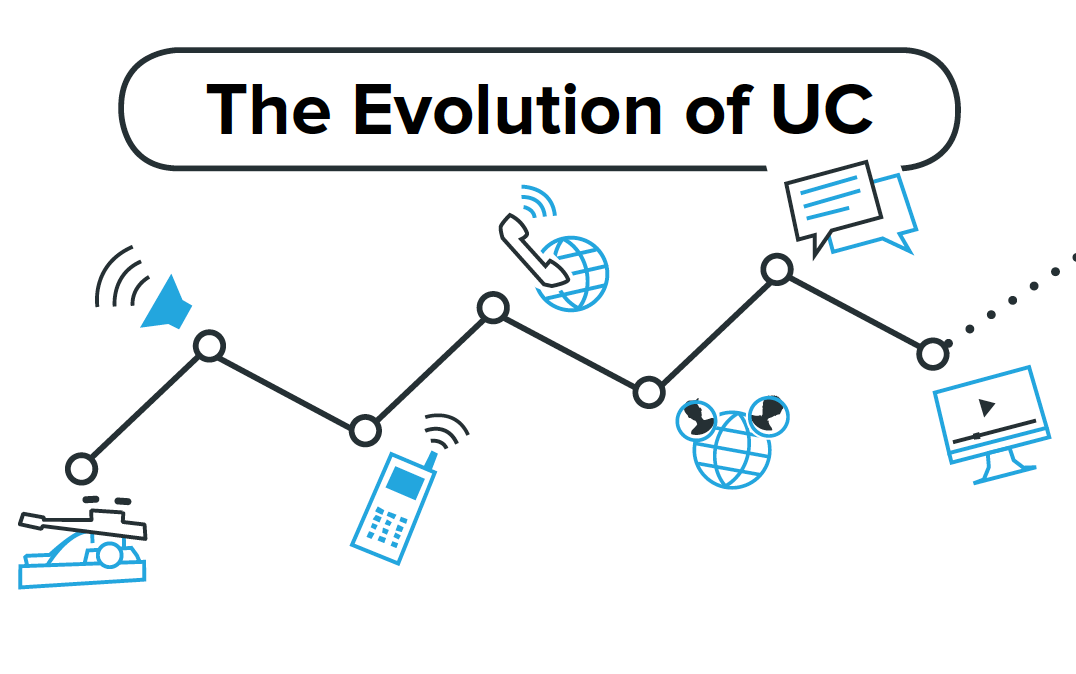Increasing adoption of new collaboration technology is critical to digital transformation for many reasons. However, every company and every situation can be a bit different, so it takes broad knowledge to be successful. Whether you are doing the standard conference room utilization play, or you are trying to increase the number of doctors that are consulting patients through video, more usage is good. If you Google “increasing collaboration adoption,” there is a lot out there that provides generic advice on how to grow. The advice generally falls in a few buckets based on where it is coming from:
1. Technology vendors
2. Informal tips and stories from professional peers
4. Analysts & Consultants
5. Industry Press
Today we are going to go through some of the best sources that our customers have encountered and see if we can distill some of the best nuggets for driving adoption.
Technology Vendors
It’s no wonder because many of the collaboration technology vendors have produced some of the highest quality content to drive additional adoption and usage; they have a vested interest. However, this advice should be filtered through a few different lenses because it might always end at the recommendation to “buy more technology.”
Polycom has arguably been involved in collaboration the longest of any company still making hardware today, and they definitely have some high-quality resources. I especially like their funny videos that help lighten the mood and get the main points about adoption across. Never underestimate the power of humor. However, as you can tell from the landing page, they are using all this content to get you to try their paid Adoption Services consulting services. TL;DR – check out their Infographic for a nice summary and list of links.
Of course, Cisco has invested significant resources in helping customers grow adoption. This online guide is probably the best vendor resource we have found. I do like their VALUE framework (even though the forced acronym is a bit much).

Not only is this guide extremely helpful, but it also contains links to pre-built templates for instructions on how to use all of Cisco’s endpoints and software, high quality templates for promotional posters, and free email tips to drive usage. All in all, this is a goldmine for anyone starting a new technology deployment.
Microsoft has extensive resources in their documentation website, but it is not as extensive as either of the ones above and really only addresses migrations to Teams. It does offer guides, poster, flyer, and email templates.
Talking with Colleagues
Chances are, if you are reading this, you are the person who owns the adoption metrics and goals at your company. Chances are also pretty good that nobody at your company knows more about this than you. This makes getting advice from colleagues pretty difficult. Normally, for most modern fields, there are places you can go online to ask questions and receive answers from experienced professionals in your field. Whether it is Spiceworks, Quora, Thwack!, Yahoo! Answers, or something else, there are a few places for IT professionals today to get help from other, real people who are not trying to sell them something. Unfortunately, there is not much of this for Collaboration. It’s a real bummer, but it is something we are working on here at Vyopta.

Analysts & Consultants
I personally love working with Analysts and Consultants in collaboration, but I have talked to some customers who don’t really understand the value. They feel taken advantage of when they are asked to participate in surveys that these analysts use to create expensive content that the participants then don’t have any access to. Analysts provide a unique view of the market because they get special access and time with companies across the entire collaboration ecosystem; vendors, resellers, integrators, and customers. In addition, they function as information brokers across the entire ecosystem as well. The downside here is that their help can be rather expensive, and they also don’t have the ability to share any actual client data to deliver data-based insights.
What is possible with Analysts and Consultants is pretty incredible though. Vendors and Customers alike can benefit from their unique insights and experience with environments and challenges of all kinds. If you subscribe to their blogs, then you can get a lot of these insights for free.
Trade Press
There are actually a few good articles from industry publishers out there. Here are some that I like and why:
CMS Wire – 4 Ways to Improve Workforce Adoption of Collaboration Apps – This one focuses on new team collaboration apps (Slack, Teams, Spark, etc.) and gives a pretty good generic overview.
This one from Forbes is a bit old, but still some pretty valuable information. The biggest point here, and they really hammer it home, is that you need to spend time figuring out what your users are trying to do overall, not necessarily what they are trying to do with the technology. Sometimes users have misconceptions about what they think YOU want them to do, and it interferes with them becoming more productive.
Summary
Out of all this reading, there are definitely a few common threads that stand out:
- Figure out what Success means in your specific situation. Make it measurable. Make it a business goal, not an IT goal.
- Validate that the technology actually supports that goal. Usually, this means doing a pilot program or “proof of concept.” This can be the biggest pain of the entire process because you are basically going through most of a deployment in order to get a few users happy. It can seem like it isn’t helping your organization achieve their bigger goals, but you have to trust the process.
- Find your advocates. Ideally, you have at least one executive on your side who can help push and pull other parts of your organization to help reach your company goals. Also, you should have a few power users to function as both a Focus Group and as extended advocates/tech support teams for your organization
- Measure, monitor, and iterate. Every project is different, and chances are good that you won’t get it right the first time. You need a way to constantly improve, and science tells us that using data is the best possible way to do this. When steering a ship or plotting a journey, it’s always better to use a map, and it’s even better when you can rely on GPS.




![Guide: Unified Communications Reporting by Quarter [Template Included]](https://go.vyopta.com/hubfs/Imported_Blog_Media/2017-01-17_1200.png)